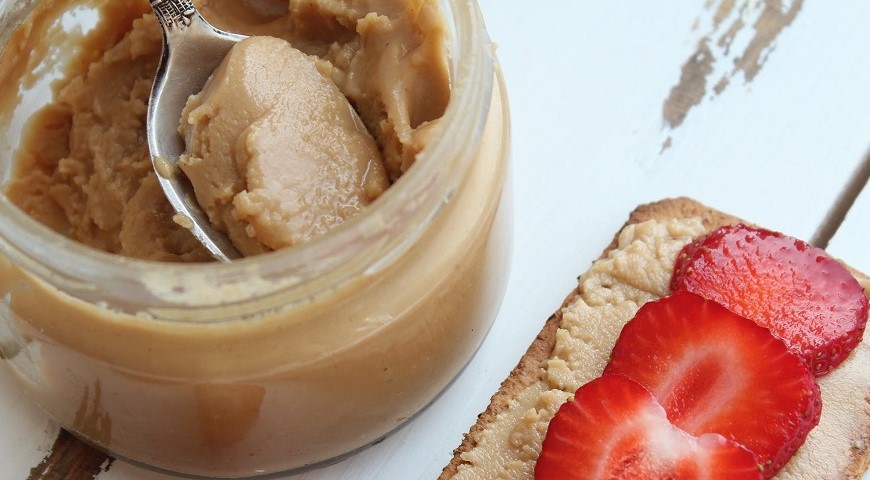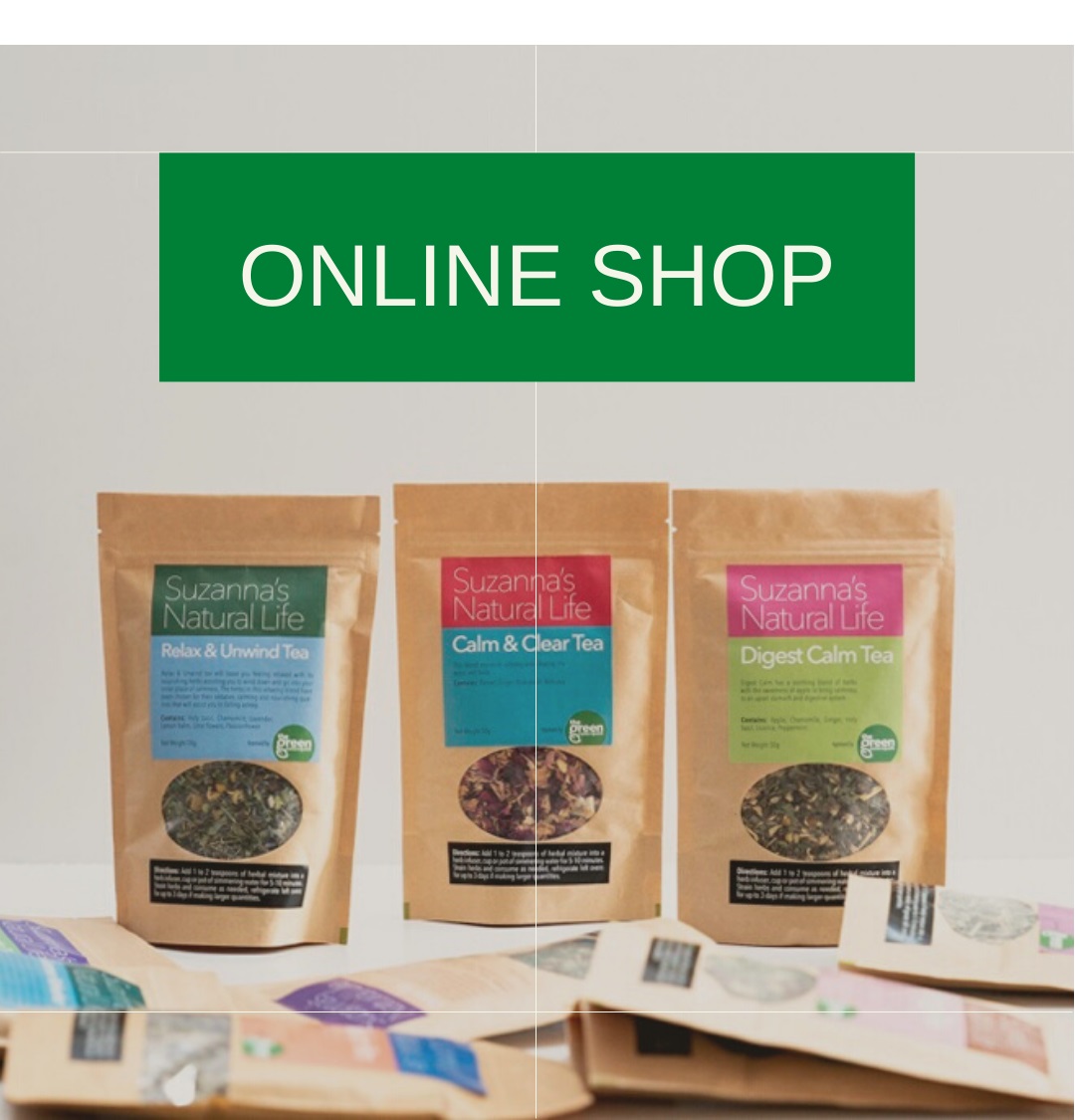

I never used to see so many peanut butter lovers in my practice but I seem to be seeing more and more every day and it’s not surprising with what is expected of us these days. I have even seen an increase in peanut butter products going into the market as well, peanut butter is almost up there with chocolate.
SO WHY PEANUT BUTTER?
When you break down what is in peanut butter it comes down to the fats. Sometimes salt is the extra bonus in some peanut butter products. I am not a fan with salt in peanut butter as most salt in peanut butter has been processed. Any salt craving may be due to another sign of some other mineral imbalance occurring in the body.
The real deal of the craving comes down to a phytosterol known as Beta-sitosterol. Beta sitoerol has many benefits and has been widely used in therapeutic dosages for its benefits in assisting with high cholesterol and prostate enlargement. Beta-sitosterol also assists with balancing stress and calming the body down by reducing cortisol levels. Beta-sitosterol also assists in modulating the production of cytokines assisting in reducing pain, inflammation and boosting the immune system.
SO WHY THE CRAVING
Peanut butter is quick, tasty, satisfying and assists with the stress response in the body. After having 1-2 teaspoon of peanut butter the stress levels drop quickly leaving you with a happy buzz like chocolate does.
ARE PEANUTS GOOD FOR YOU
Apart from peanuts being a common allergen, peanuts are also high in oxalates and have the risk of having small amounts of aflatoxin. Aflatoxin is a poison produced by fungus that can grow off peanuts, this is the poison that can cause severe allergic reactions in anyone allergic to peanuts. The storage and handling can decrease the chances of the fungus growing on the peanut, small amounts can still remain. Raw peanuts are more at risk than roasted so adequate storage and handling is essential. Aflotoxin is also known as a carcinogen so consuming peanut butter in moderation is recommended.
OTHER WAYS TO GET BETA-SITOSTEROL INTO THE DIET
- 1 small hand full of nuts and seeds a day (almonds, brazil nuts, pecans, macadamia, sunflower, pumkin and flaxseeds.)
- Avocadoes are rich in Beta-sitosterol. Add avocadoes to salads or have them alone. My favourite taught by my dad is slice the avocado in half, cut some slits in the avocado and drizzle some lemon on top with a little salt and pepper and enjoy (yum).
- Raw cacao in smoothies, porridge or in raw treats (Yes chocolate :))
- Plenty of fresh fruit and vegetables every day.
“The human body has been designed to resist an infinite number of changes and attacks brought about by its environment. The secret of good health lies in successful adjustment to changing stresses on the body.” – Harry J. Johnson
MEDICAL DISCLAIMER
This content is for informational and educational purposes only. It is not intended to provide medical advice or to take the place of such advice or treatment from a personal physician. All readers/viewers of this content are advised to consult their doctors or qualified health professionals regarding specific health questions. The Green Naturopath takes no responsibility for possible health consequences of any person or persons reading or following the information in this educational content. All viewers of this content, especially those taking prescription or over-the-counter medications, should consult their physicians before beginning any nutrition, supplement or lifestyle program.




